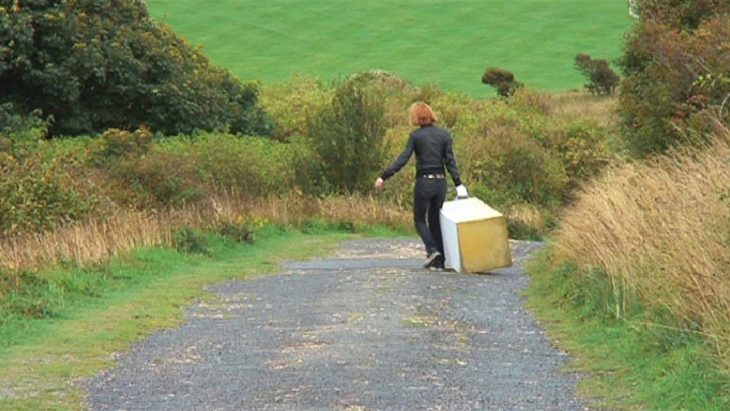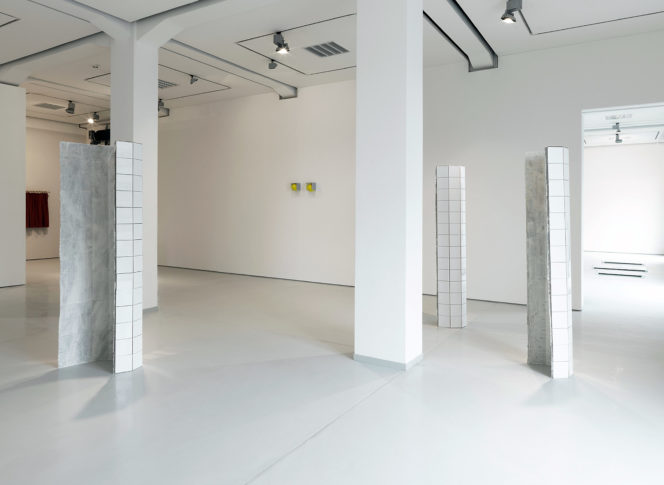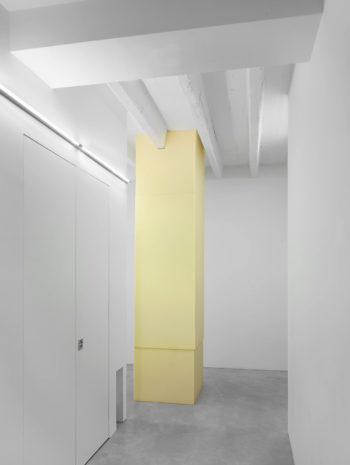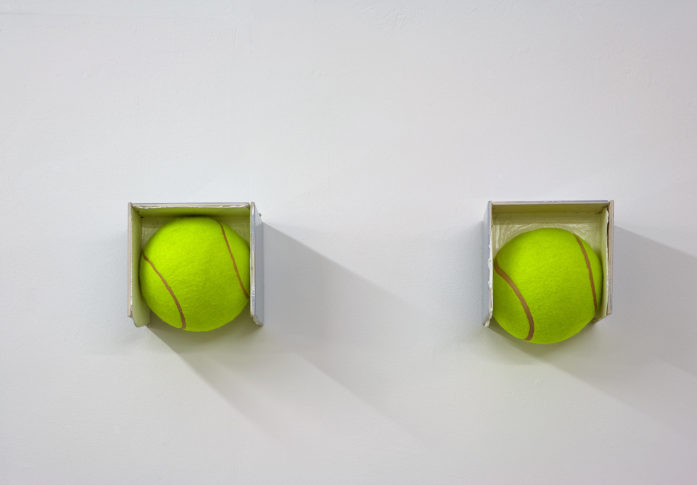Matter makes itself space by Bettina Buck
Sculpture also has its own individuality.
The matter is subject to constant and becoming forces that shape it and define its space in time.
This is what suggest Bettina Buck, German artist born in Cologne (1974) and prematurely passed away in 2018, whose works lead us to reflect on the dynamism and tension of matter to a form, seen as a body in constant change.
Eloquent indeed, is the title chosen by Davide Ferri, “Finding Form,” for one of the Main projects of Art City Bologna 2023 where for the occasion the curator has chosen to present the artist’s 20-year research within the space of Palazzo de’Toschi.
Through the exhibition, which can be visited these days in conjunction with the fair in the Emilia capital until February 19, it is possible to identify some of the fundamental themes on which the artist has dwelt over the years.

Bettina Buck – Interlude (2012). Courtesy Bettina Buck
In particular, the relationship between body and matter is always present. The fulcrum of the exhibition is Interlude, a video in which the artist is seen dragging a large foam parallelepiped with her during a walk in the English countryside, establishing a sort of symbiotic relationship in which the object takes on different roles in the narrative: a simple burden, a support point for sitting and admiring the landscape, a hypothetical sculpture.

Bettina Buck – 3 Upright (2nd-cycle) 2013 – ongoing. Courtesy Bettina Buck
3upright on the other hand is composed of three self-supporting structures where one side is covered with latex, a material that by definition has an elastic and light component while on the other side are attached white ceramic tiles, instead much heavier and more compact. The sculptures are intended to fall because they are subject to the force of gravity, which modifies and crushes the different materials toward the surface. For Bettina Buck, in fact, gravity is the force that hinders form and forces it to give up space, precisely until it is almost zeroed out as in this case.
Concealment then understood as an allusion to a parallel life of the sculpture, independent of what our senses are, is another aspect of the artist’s investigation that coexists and sometimes contrasts with that of the domestic, that is, the dimension occupied by the objects that surround us in our everyday life and that without the artist’s intervention remain precisely just things.

Bettina Buck – Medusablock (2011). Courtesy Bettina Buck
On these notes, Medusa block invites us to look at the foam rubber block through two different lenses: either as a sculpture itself or as an undefined form that does not allow us to see the sculpture within, and which we can therefore only imagine.

